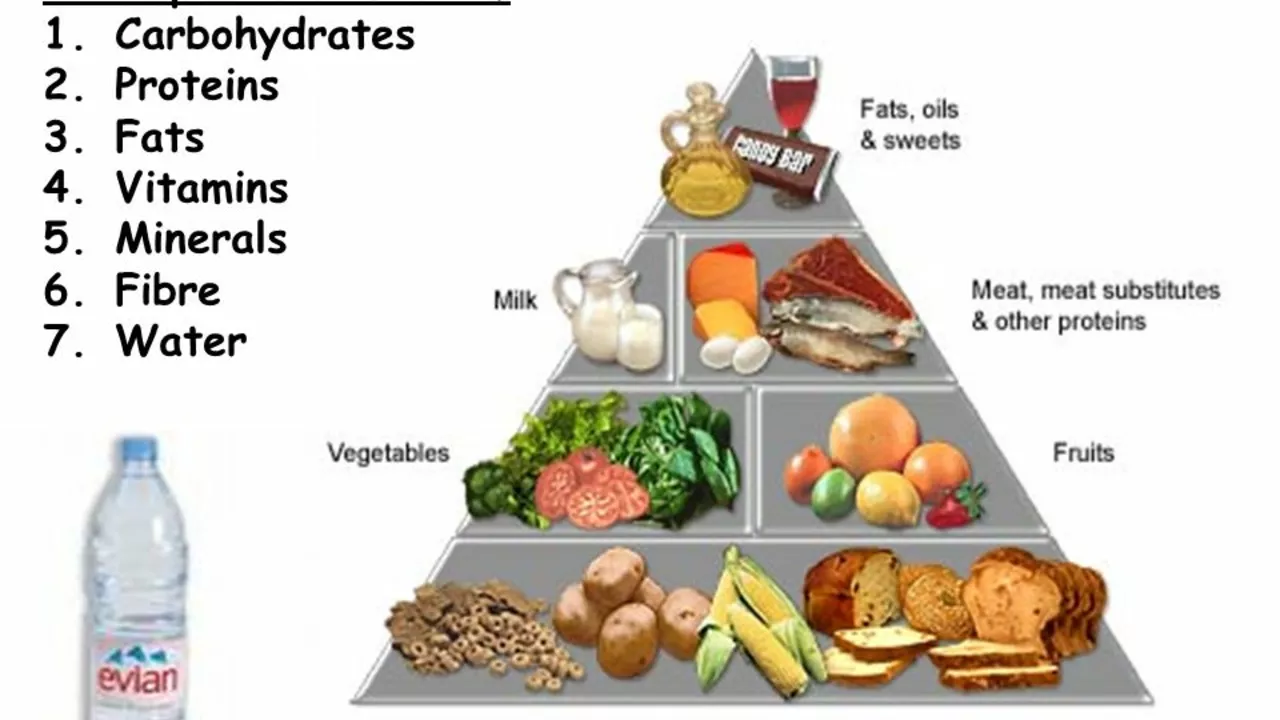Nickel: Allergy, Exposure, and Practical Ways to Reduce Risk
Nickel causes one of the most common contact allergies. If you get a red, itchy rash where jewelry or metal touches your skin, nickel might be the reason. This page explains where nickel hides, how to spot a reaction, quick ways to cut exposure, and when to see a clinician.
Common sources of nickel and how to avoid them
Nickel turns up in a lot of everyday items: jewelry, belt buckles, watchbacks, keys, coins, zippers, eyeglass frames, and some kitchenware. Even inexpensive stainless steel can release nickel for people who are sensitive.
Simple steps that help right away: choose titanium, surgical-grade stainless (marked 316L), or plastic jewelry; wear a clear nail polish layer on metal that touches skin; swap metal buttons for plastic or use a fabric cover; and avoid direct skin contact with coins, keys, and snaps.
Dietary nickel can matter for people with severe reactions. Foods relatively high in nickel include cocoa/chocolate, nuts, oats, soy, lentils, canned foods, and some seeds. If your dermatologist suggests a low-nickel diet, they’ll give specific lists and a short-term plan. Don’t try a restrictive diet without guidance.
At home, avoid humid storage for metal items and wipe items that touch skin (watches, rings) with a damp cloth then dry. For cooking, avoid acidic foods in nickel-containing pans because acidity can increase nickel release.
How to tell if it’s a nickel allergy and what to do
Nickel contact dermatitis usually shows up as a localized rash: red, scaly, sometimes blistering skin where the metal touched you. It can appear hours to days after contact. If a rash is widespread, infected, or not improving with simple measures, see a doctor.
Diagnosis is straightforward: a dermatologist can do patch testing to confirm nickel sensitivity. That test places tiny amounts of common allergens on your back and checks skin reactions over several days.
Treatment for mild flares starts with topical corticosteroid creams to reduce inflammation and oral antihistamines for itch. For severe or persistent cases, a doctor may recommend stronger prescription creams, short oral steroids, or a specialized care plan.
Practical tip: keep a small barrier (a piece of tape) between skin and suspect metal for a few days. If the rash clears where the barrier sits, nickel is likely the culprit.
Being nickel-sensitive doesn’t mean you have to overhaul your life. Small swaps—different jewelry, covering problematic items, and mindful food choices when advised—usually cut down flares a lot. If you’re unsure, book a patch test with a dermatologist and get a clear plan that fits your daily routine.
Why You Should Incorporate Nickel into Your Daily Dietary Regimen
In my latest blog post, I delve into the benefits of incorporating nickel into our daily diets. Nickel, though often overlooked, plays a vital role in our bodies by aiding in the production of red blood cells and supporting the body's metabolic processes. When consumed in moderation, it can contribute significantly to our overall health and wellness. Remember, it's important to consult with a healthcare professional before making any significant changes to your diet. Stay tuned for more health and wellness insights!

